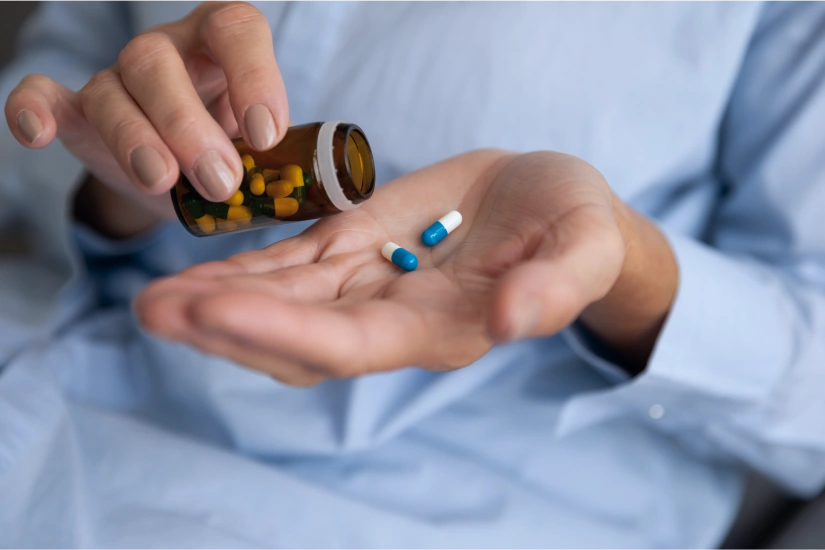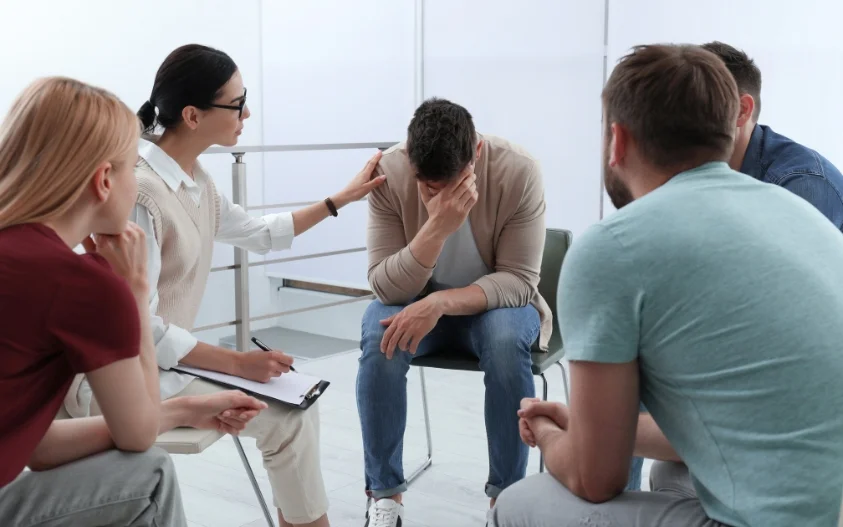24/7 Helpline:
(866) 899-111424/7 Helpline:
(866) 899-1114
Learn more about Substance Abuse Treatment centers in Lima
Substance Abuse Treatment in Other Cities

Other Insurance Options

Cigna

Magellan

Magellan Health

United Health Care

Horizon Healthcare Service

Anthem

Covered California

Private insurance

EmblemHealth

Carleon

Medical Mutual of Ohio

Health Net

Regence

BHS | Behavioral Health Systems

BlueCross

Health Partners

WellPoint

Molina Healthcare

Group Health Incorporated

WellCare Health Plans

















